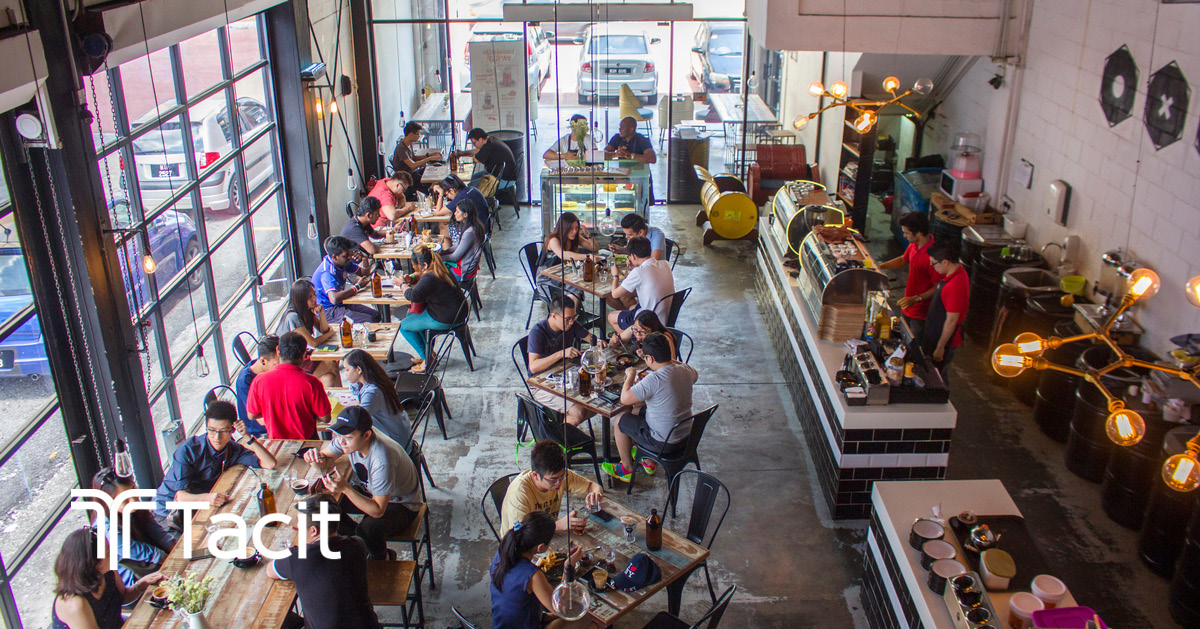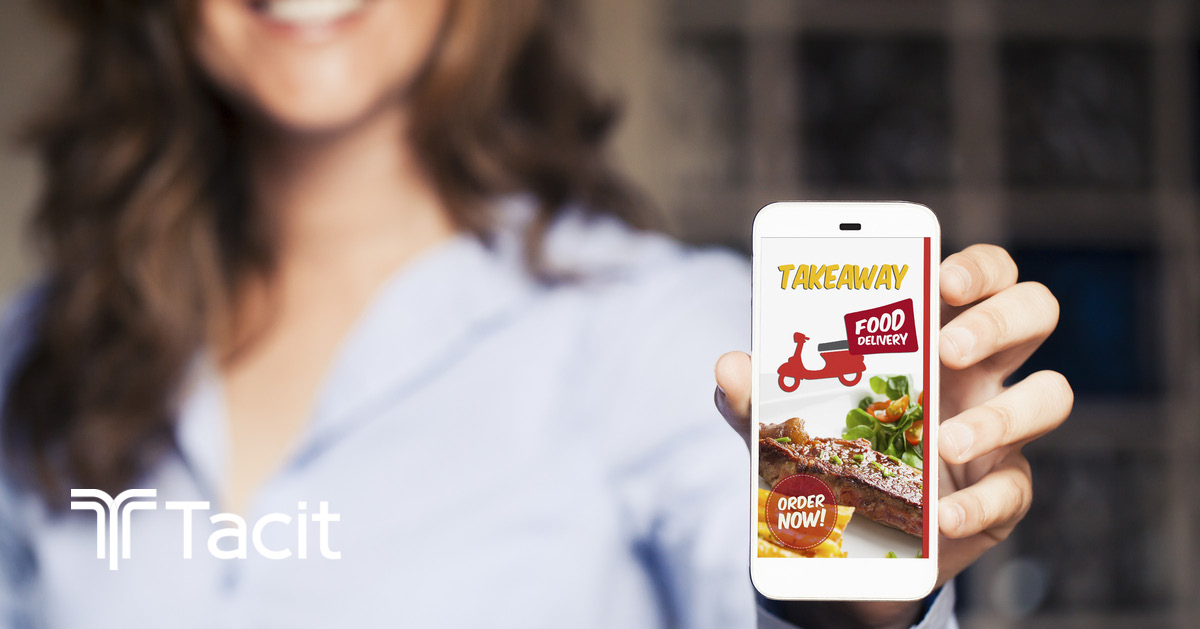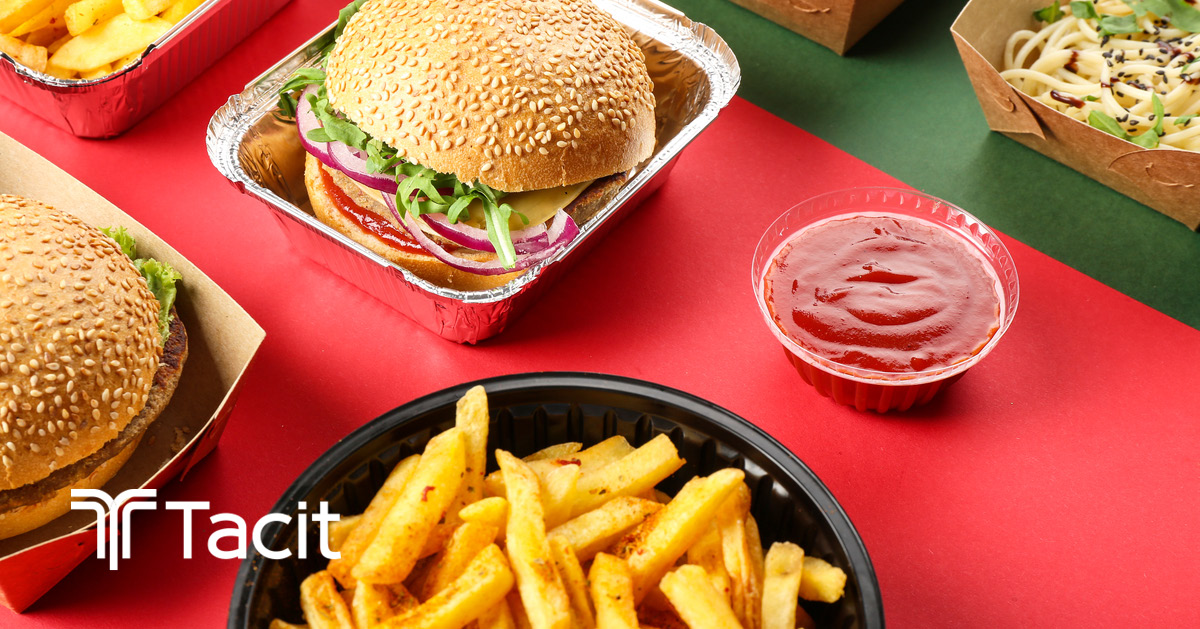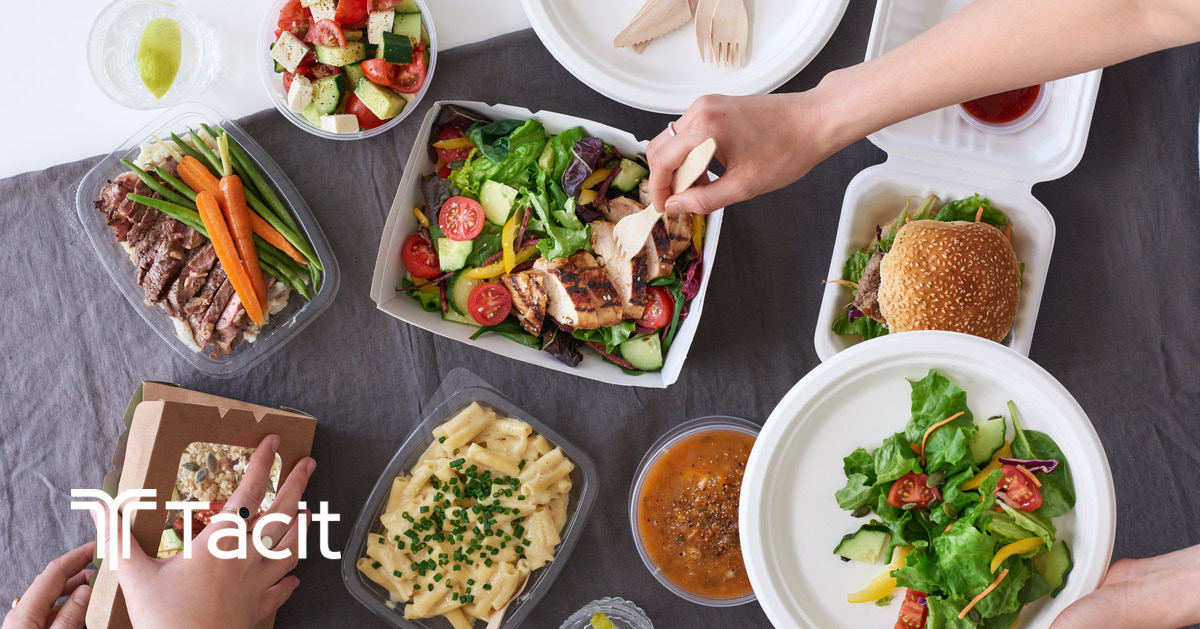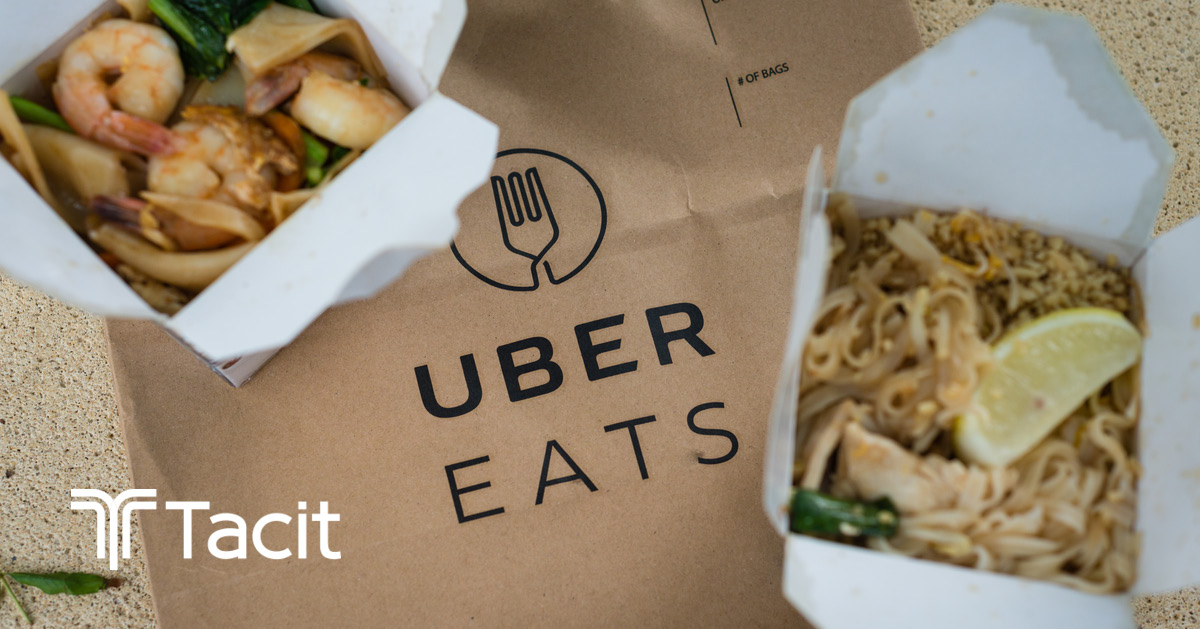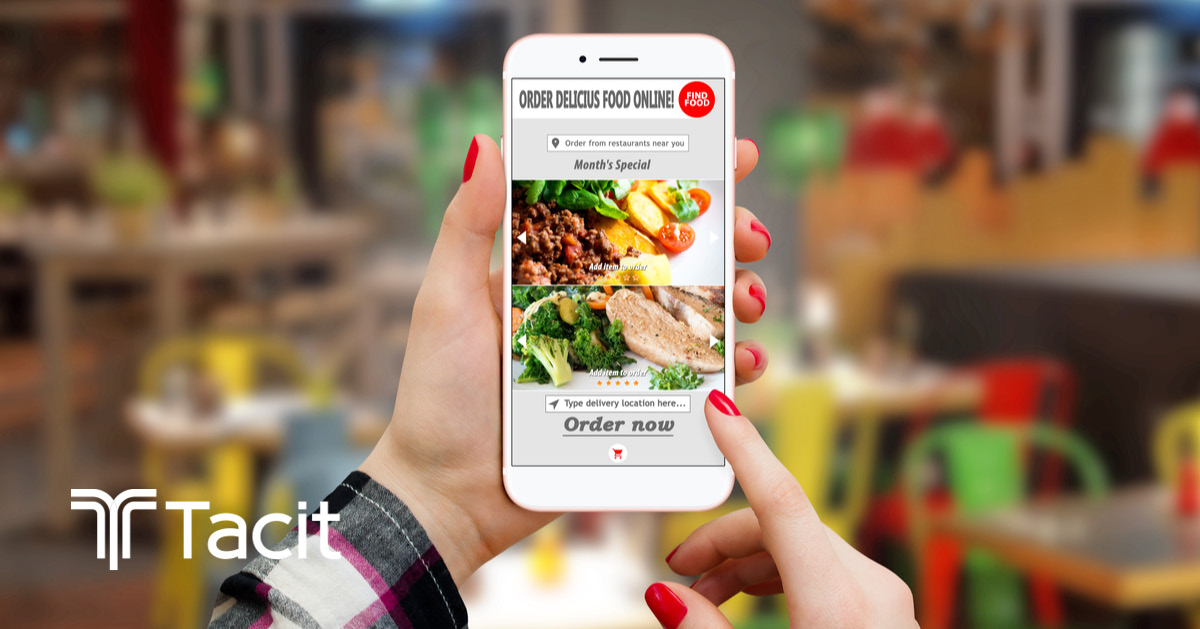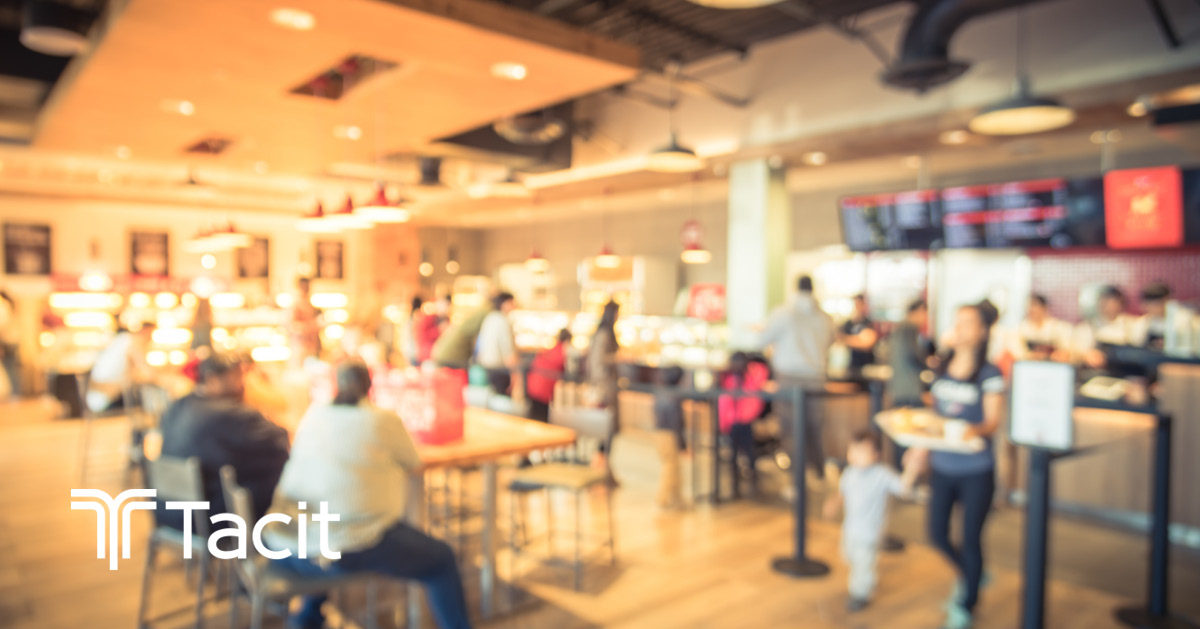10 Mar How to Make Your Restaurant More Profitable by Going Digital in 6 Ways
Restaurateurs across the US and globe have come to realize the dawn of the omnichannel restaurant has arrived. As noted in a prior post on top food ordering statistics, more than 60% of US customers order food from a restaurant per week, and digital ordering...

